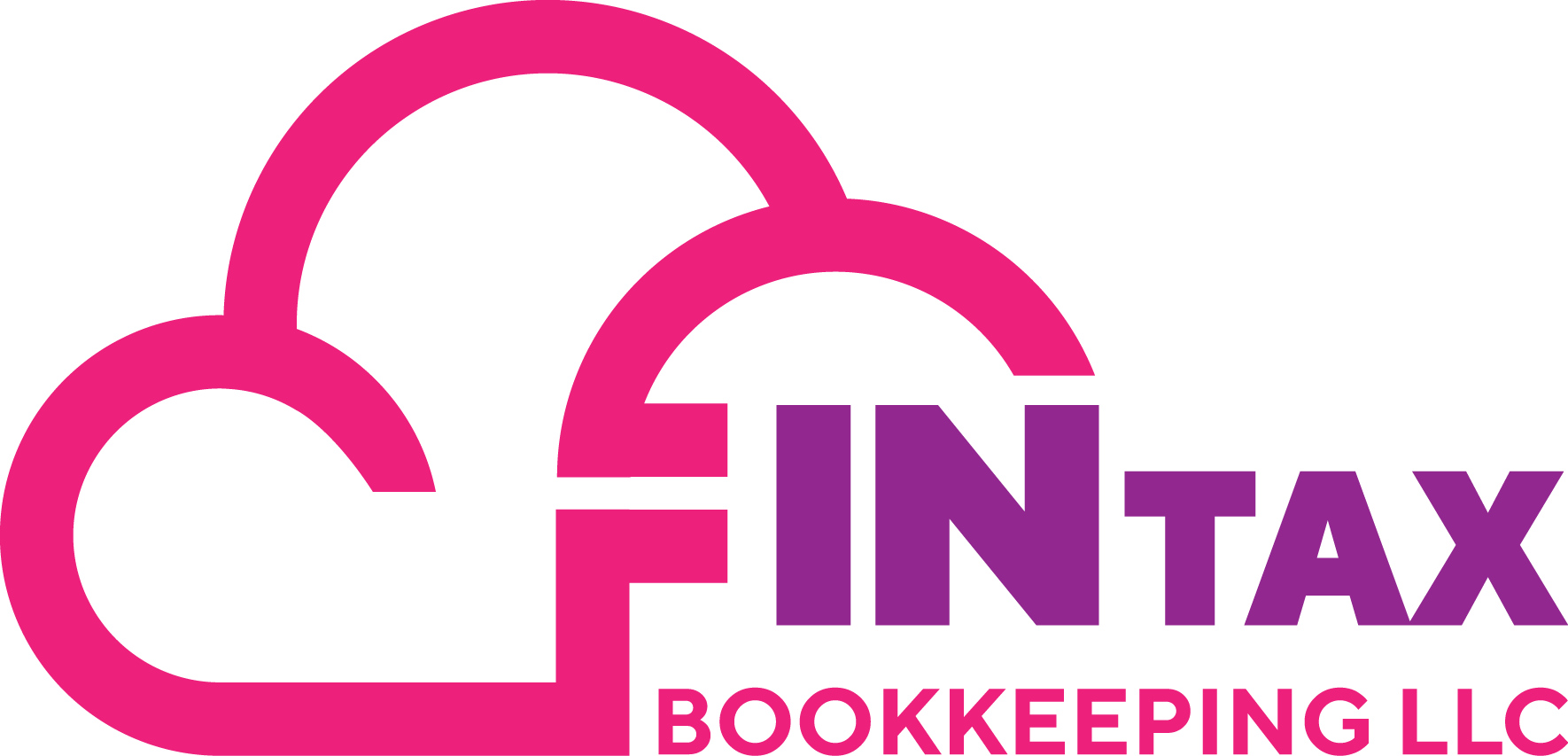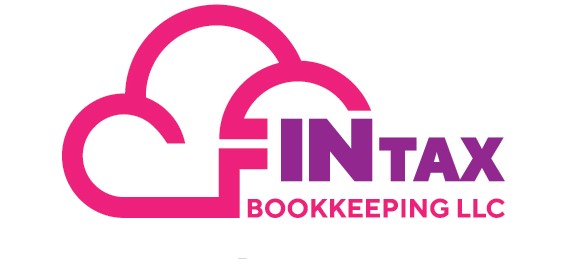Welcome to your informational hub for understanding the complexities of payroll taxes across the United States — a one-stop destination for both federal and state-specific taxation summary details tailored to employers, employees, and the self-employed.
Federal Payroll Tax Breakdown :
Understanding Federal Payroll Taxes is crucial for both employees and employers. Here’s what you need to know:
- Federal Income Tax Withholding: Employee earnings are subject to withholding, based on their W-4 form details.
- Social Security Contributions: A 6.2% contribution rate applies to both employees and employers to support this essential benefits program.
- Medicare Contributions: Each party contributes 1.45% of wages to Medicare, with additional taxation for high-income earners.
- Additional Medicare Levy: A supplementary 0.9% tax applies to employees exceeding a specified income threshold.
- Federal Unemployment Tax (FUTA):This employer-only tax, generally at 6%, supports state unemployment funds, with potential credits reducing the rate.
Keep in mind, the 401(k) plans stand as a beacon of retirement savings, underscoring the long-term value of understanding federal taxes.
401 (K) Contribution Limits: There are annual contribution limits set by the IRS. As of my last knowledge update in January 2022, for individuals under the age of 50, the annual contribution limit is $19,500. For those aged 50 and older, there is a “catch-up” contribution option allowing an additional $6,500, bringing the total to $26,000.
State-by-State Payroll Tax Guide
Payroll taxes vary widely by state, with intricate regulations including:
- State Income Taxes: Employee earnings are taxed at diverse rates and brackets.
- State Unemployment Taxes (SUTA):Funding for state unemployment benefits falls on the employer, with varied rates.
- Disability Insurance (DI) and Paid Family Leave (PFL): Specific states mandate contributions toward disability insurance and family leave benefits.
- Local Taxes : Pay close attention to county and city ordinances that may impose additional payroll tax duties.
For the most up-to-date information, it’s indispensable to consult your state tax authority or the Internal Revenue Service (IRS).
Federal Tax Insights and Historical Context :
The U.S. income tax debuted in 1861 to support Civil War efforts. After a hiatus post-war, the modern income tax emerged with the Sixteenth Amendment in 1913, adopting payroll withholding during WWII. Today’s federal tax system is progressive, with a tiered rate structure enhancing or reducing your burden relative to your income.
Federal Tax Rates and FICA :
The Federal Insurance Contributions Act (FICA) comprises Social Security and Medicare taxes, with the 2023/2024 rates as follows:
- Social Security: 6.2% for employers and employees, up to $160,200 of earned income The maximum Social Security tax for employees is. $9,932.40.
- Medicare: 1.45% from both parties, with no income cap, and an extra 0.9% for high earners. income earned after a $200,000 threshold.
- Medicare For Self-Employed: 2.9%; 0.9% additional tax after $200,000.
- FUTA: Employers pay 6.0%, less a credit for contributions to state unemployment insurance funds, up to 5.4% on $7,000
The most commonly used federal withholding form is the Form W-4 and tells your employer how much money to withhold from your paycheck for federal income tax. Completing your W-4 accurately helps avoid too much or too little tax being withheld from your paycheck.
Anytime you move or have a major life change (for example: marriage, divorce, birth of a child) always be sure to complete a new W4.
Form W-4 – for Employee’s Withholding Certificate Resident
Form W-4(SP) for Certificado de Retenciones del Empleado Resident
Minimum Wage Norms
An important facet of employment law is the minimum wage, currently federally mandated at $7.25 per hour since 2009, whereas states and localities might endorse higher standards.
Explore specific details for your state, and remember, compliance is key! For more information, visit Payroll Taxes and Paycheck City.
Navigate State-specific Taxation ⇓
Choose your state below to access tailored tax rates, state withholding forms, and paycheck calculators By Clicking on State Name ∗ — from Alabama to the U.S. Virgin Islands, detailed tax guidance is at your fingertips.
| State Name | State Name | Capital | Code | Payroll Tax Applicability | Sales tax Applicability |
| 1. Alabama | Alabama | Montgomery | AL | YES | YES |
| 2. Alaska | Alaska | Juneau | AK | NO – U.S. territories | NO |
| 3. Arizona | Arizona | Phoenix | AZ | YES | YES |
| 4. Arkansas | Arkansas | Little Rock | AR | YES | YES |
| 5. California | California | Sacramento | CA | YES | YES |
| 6. Colorado | Colorado | Denver | CO | YES | YES |
| 7. Connecticut | Connecticut | Hartford | CT | YES | YES |
| 8. Delaware | Delaware | Dover | DE | YES | YES |
| 9. Florida | Florida | Tallahassee | FL | NO – U.S. territories | YES |
| 10. Georgia | Georgia | Atlanta | GA | YES | YES |
| 11. Hawaii | Hawaii | Honolulu | HI | YES | YES |
| 12. Idaho | Idaho | Boise | ID | YES | YES |
| 13. Illinois | Illinois | Springfield | IL | YES | YES |
| 14. Indiana | Indiana | Indianapolis | IN | YES | YES |
| 15. Iowa | Iowa | Des Moines | IA | YES | YES |
| 16. Kansas | Kansas | Topeka | KS | YES | YES |
| 17. Kentucky | Kentucky | Frankfort | KY | YES | YES |
| 18. Louisiana | Louisiana | Baton Rouge | LA | YES | YES |
| 19. Maine | Maine | Augusta | ME | YES | YES |
| 20. Maryland | Maryland | Annapolis | MD | YES | YES |
| 21. Massachusetts | Massachusetts | Boston | MA | YES | YES |
| 22. Michigan | Michigan | Lansing | MI | YES | YES |
| 23. Minnesota | Minnesota | St. Paul | MN | YES | YES |
| 24. Mississippi | Mississippi | Jackson | MS | YES | YES |
| 25. Missouri | Missouri | Jefferson City | MO | YES | YES |
| 26. Montana | Montana | Helena | MT | YES | YES |
| 27. Nebraska | Nebraska | Lincoln | NE | YES | YES |
| 28. Nevada | Nevada | Carson City | NV | YES | YES |
| 29. New Hampshire | New Hampshire | Concord | NH | YES | YES |
| 30. New Jersey | New Jersey | Trenton | NJ | YES | YES |
| 31. New Mexico | New Mexico | Santa Fe | NM | YES | YES |
| 32. New York | New York | Albany | NY | YES | YES |
| 33. North Carolina | North Carolina | Raleigh | NC | YES | YES |
| 34. North Dakota | North Dakota | Bismarck | ND | YES | YES |
| 35. Ohio | Ohio | Columbus | OH | YES | YES |
| 36. Oklahoma | Oklahoma | Oklahoma City | OK | YES | YES |
| 37. Oregon | Oregon | Salem | OR | YES | YES |
| 38. Pennsylvania | Pennsylvania | Harrisburg | PA | YES | YES |
| 39. Rhode Island | Rhode Island | Providence | RI | YES | YES |
| 40. South Carolina | South Carolina | Columbia | SC | YES | YES |
| 41. South Dakota | South Dakota | Pierre | SD | YES | YES |
| 42. Tennessee | Tennessee | Nashville | TN | YES | YES |
| 43. Texas | Texas | Austin | TX | YES | YES |
| 44. Utah | Utah | Salt Lake City | UT | YES | YES |
| 45. Vermont | Vermont | Montpelier | VT | YES | YES |
| 46. Virginia | Virginia | Richmond | VA | YES | YES |
| 47. Washington | Washington | Olympia | WA | YES | YES |
| 48. West Virginia | West Virginia | Charleston | WV | YES | YES |
| 49. Wisconsin | Wisconsin | Madison | WI | YES | YES |
| 50. Wyoming | Wyoming | Cheyenne | WY | YES | YES |
| 51. Washington DC | Washington DC | Washington D.C. | DC | YES | YES |
| 52. Puerto Rico | Puerto Rico | San Juan | PR | YES | YES |
| 53. American Samoa | American Samoa | Pago Pago | AS | NO – U.S. territories | NO |
| 54. Guam | Guam | Hagåtña | GU | NO – U.S. territories | YES |
| 55. Mariana Islands | Mariana Islands | Saipan | MP | NO – U.S. territories | YES |
| 56. US Virgin Islands | US Virgin Islands | Charlotte Amalie | VI | NO – U.S. territories | YES |

